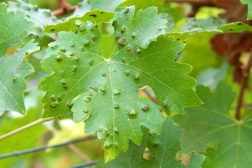Definition
noun, plural: sieve cells
(botany) The main conductive cell in the phloem of the gymnosperms and pteridophytes
Supplement
The vascular plants have vascular tissues from where essential materials are transported throughout the plant. Two major vascular tissues are xylem and phloem. The phloem is the vascular tissue that conducts the photosynthate materials from the source to the sink. The phloem consists of the following components: (1) sieve element, (2) companion cell or albuminous cell, (3) phloem sclerenchyma, and (4) phloem parenchyma. The sieve element is the main conductive cell of the phloem. It is closely associated with a special type of parenchyma cell. In angiosperms, the sieve element is referred to as sieve tube (element) and the cell associated with it is called a companion cell. In gymnosperms and other primitive vascular plants, the sieve element is called a sieve cell and the associated cell is an albuminous cell. Unlike the sieve tube element and the companion cell that share a common progenitor cell, the sieve cell and the albuminous cell do not come from one mother cell. The sieve cell and the albuminous cell do not have an ontogenic relationship. The sieve cell is considered as rather the primitive type of sieve element. It is an elongated cell with inclined end walls. The sieve areas are often located on the lateral wall and rarely at the end walls of the sieve cell.
See also:
Dictionary > Sieve cell




